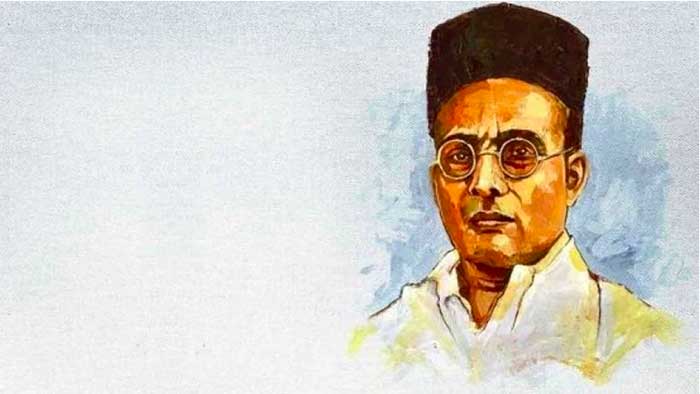
Political speeches are often scripted. They not only reveal intentions and priorities, but also the politician’s art of communicating with the people. It is in this context that Prime Minister Modi’s two recent speeches, one on March 24 and the other on May 12, gain significance.
To be sure, Prime Minister’s two speeches focused on different themes. The March 24 speech focused on prevention and protection from ‘coronavirus global pandemic’. It unequivocally stated that safety, saving lives, was paramount for him and the government (‘only healthcare [should be] treated as first and topmost priority at the moment’). Unlike speeches delivered by leaders of Germany, Japan and US, it warned people of dire consequences if his ‘instructions’ were violated (‘the country and your family could be set back 21 years’, the prime minister said). It announced imposition of ‘complete lockdown’ – an extreme form of community isolation that asked people to stay indoors.
We will perhaps never know how many of the viewers and listeners made sense of the English terms he used (‘social distancing.’ ‘lockdown’), but his speech had a salutary effect. Most of India willingly obliged. The prime minister did not dwell at length on the relief and support theme in the March 24 speech, but he did mention allocation of a sum of Rs. 15,000 crore for treatment of coronavirus patients and strengthening of the medical infrastructure in the country.
The May 12 speech, coming after almost 50 days, focused on economic relief. The dominant theme was a self-reliant India – an old Nehruvian mantra. It was framed to rekindle hope, and its manifest purpose was to inject money into a languishing economy. However, the prime minister’s speech did not unbundle the financial package, but painted broad contours of it. In doing so, he laced it with India’s glorious past, its proud heritage, profound philosophy and Sanskrit phrases – themes dear to BJP.
While listening to it though one was left with a lingering doubt: Who was the audience of the speech? Was it the migrant labour whose hunger and helplessness the prime minister called, ‘sacrifice’? If it was the ordinary Indian watching on the national television, one wonders how many understood (again) English terms such as stakeholder, supply chain, liquidity, or heavy phrases such as arthkendrit vaishvikaran banam manavkendrit vaishvikaran, to name a few. Or, maybe, the source itself was the message, to borrow from McLuhan.
However, some experts have picked on at least two issues in the May 12 speech. The first is about manufacturing of PPE in the country. The prime minister said that when the pandemic began “India did not manufacture even one PPE kit”. However, small or inadequate in numbers, the country does manufacture some parts of 8-part personal protective equipment kit for Covid 19. The second issue is about Y2K. The prime minister said that the Indian software experts had enabled the world to emerge unscathed from the Y2K crisis. It is true that the Indian engineers raked in enough moolah, but the opinion is divided whether Y2K was really a crisis. Save for some glitches, most computer systems emerged unscathed in the year 2000.
The global outcry against imagined threats is not restricted to technology only. A few years ago, the H1N1 epidemic elicited exaggerated concern. The then Indian health minister is on record saying that H1N1 would likely infect 33 percent of the Indian population in the next two years. The French government, similarly, spent millions of euros on buying H1N1 flu vaccine fearing a pandemic that never came about.
Political leaders love to announce big numbers. They are conscious of its multiplicative effect. President Trump in his March 11 address declared signing into law a funding bill of over $8 billion to help CDC and other government agencies. A usually modest Prime Minister Abe in his April 7 speech boasted about offering an economic package that is ‘one of the largest in the world’. Prime Minister Modi in his March 24 address highlighted the amount of Rs. 15,000 crores. In the May 12 address, he took time to announce the big number – Rs. 20 lakh crores and repeated the amount the second time to underline its bigness. Some experts’ back of the envelope calculations estimate the actual extra amount to be below to 8-10 lakh crore. Size apart, the May 12 address did something far more important. It set the agenda for debate and discussion on economy and pushed the stories of the millions walking the long march back home into background.
While prime minister’s March 24 speech laid emphasis on saving lives, his May 12 speech focussed on saving livelihood. In both instances, he chose his moment: first when the lockdown was about to begin and the next time when it was about to be lifted.
Pradeep Krishnatray is former director, Johns Hopkins Center for Communication Programs, New Delhi
SIGN UP FOR COUNTERCURRENTS DAILY NEWS LETTER

















































